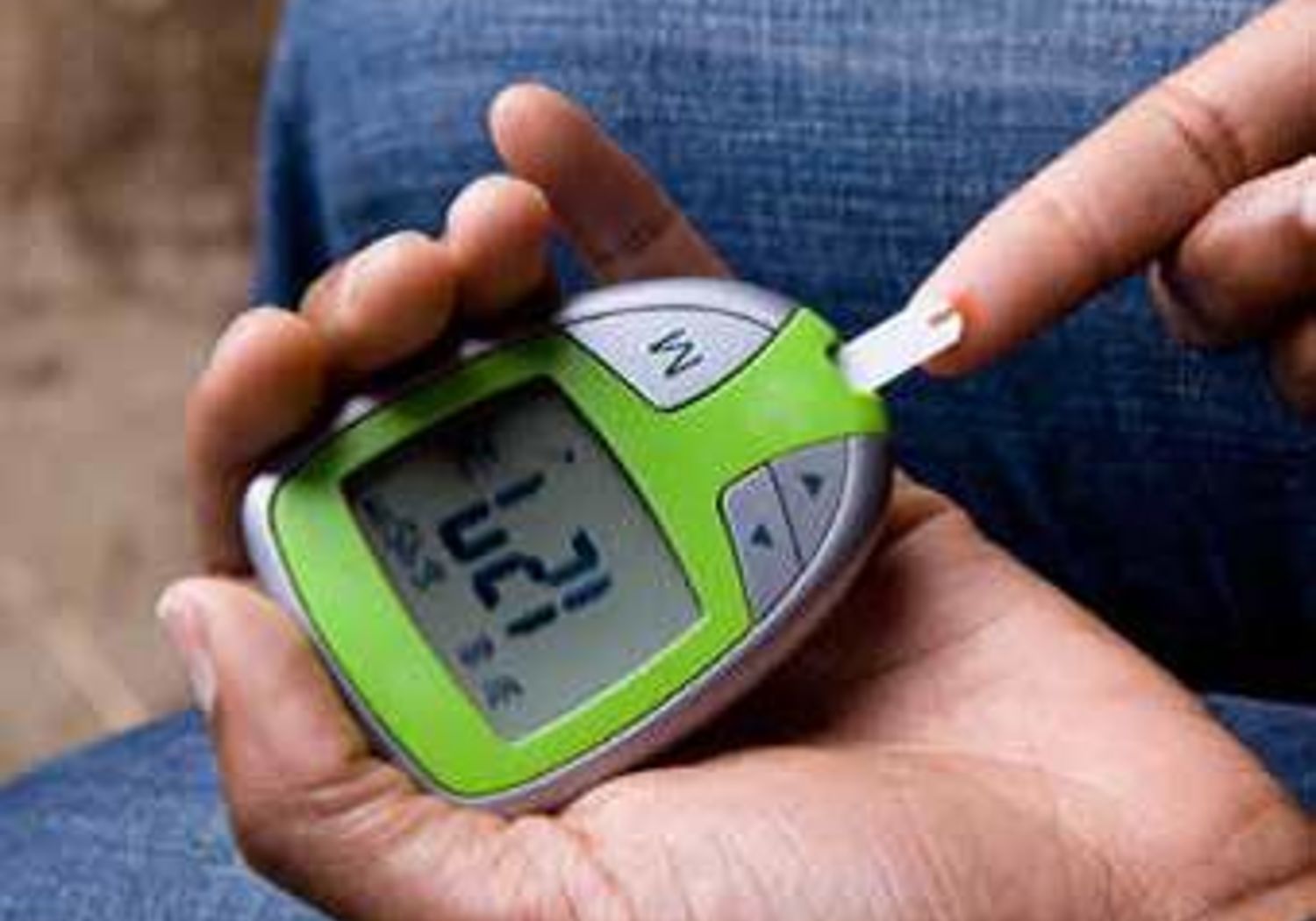Metrology for the characterisation of biomolecular interfaces for diagnostic devices
Improving diagnostic devices: Delivering cost-effective, point-of-care testing

Diagnosing and managing disease is increasingly reliant upon the detection and measurement of biomarkers on a materials surface. In-vitro diagnostic devices have the potential to reduce healthcare costs through rapid diagnosis at the point of care (at home or in the clinic), by replacing expensive laboratory techniques and equipment. They use ‘probe’ molecules attached to a surface which capture specific ‘target’ biomarkers for analysis. Currently only a few materials satisfy the European IVD Directive performance requirements.
The EMRP project HLT04 Metrology for the characterisation of biomolecular interfaces for diagnostic devices developed new reference materials and biomarker analysis techniques to aid instrument manufacturers and researchers in the development of better IVDs for a broad range of medical conditions.
The project investigated methods important for developing new diagnostic methods and:
- Developed the first reference nanoparticle interfaces and the first flat reference interface, based on biotin molecules attached to a gold surface.
- Developed a method for measuring the number of target molecules attached to each nanoparticle by combining optical spectroscopy with particle size measurement.
- Demonstrated the importance of reference surfaces in establishing the response of target molecules binding to IVD probe molecules.
- Demonstrated the feasibility of soft X-ray spectroscopy to measure interface properties and developed a novel measurement device to analyse probe molecule distribution, orientation and structure.
- Demonstrated the feasibility of using Secondary Ion Mass Spectrometry (SIMS) to measure both the distribution and structure of probe molecules on flat interfaces, and developed the techniques to detect multiple target molecules using unique labels.
- Developed an optical waveguide device capable of ultra-sensitive detection of molecules on surfaces without using labels.
The project delivered the first successful inter-laboratory study of nanoparticle interface chemistry using the reference materials developed. The standardised sample preparation and data analysis procedures developed within the project gave consistent results and will lead to harmonised interface measurements, facilitating the acceptance of interface IVD and encouraging new device development. Two patent applications are being drafted based on the project’s research. The first is a cell for soft X-ray fluid interface analysis that enables a ‘wet’ interface to be analysed by ultra-high vacuum spectroscopy techniques, reducing the need for expensive and time consuming synchrotron hard x-ray experiments and with potential application in infrared spectroscopy. The second is a novel optical waveguide device incorporated on to a silicon chip, which enables the visualisation of bonds forming and breaking between antibodies / proteins, which is of interest to a major pharmaceutical company.
EMPIR project 17SIP03 ESCoShell builds on this work.
Biointerphases
Analytical Chemistry
Biointerphases
Surface and Interface Analysis
Surface and Interface analysis
Surface and Interface Analysis
Surface and Interface Analysis
Participating EURAMET NMIs and DIs
BAM (Germany)
INRIM (Italy)
NPL (United Kingdom)
PTB (Germany)
RISE (Sweden)
Information
